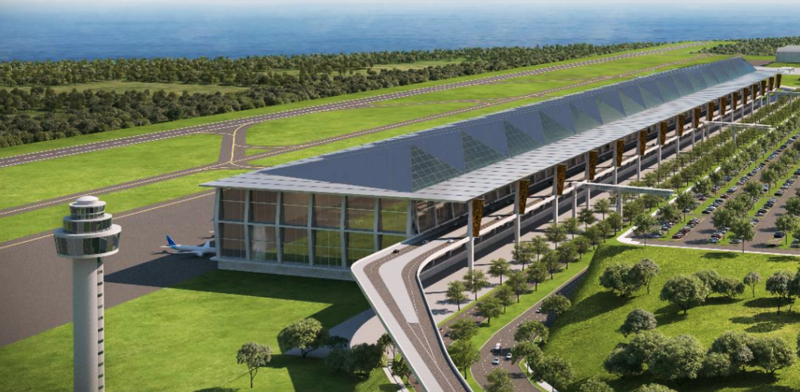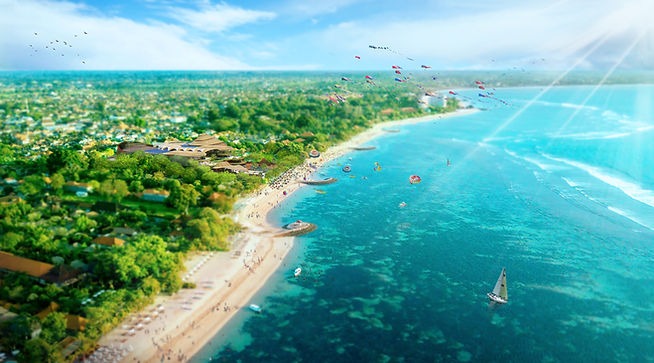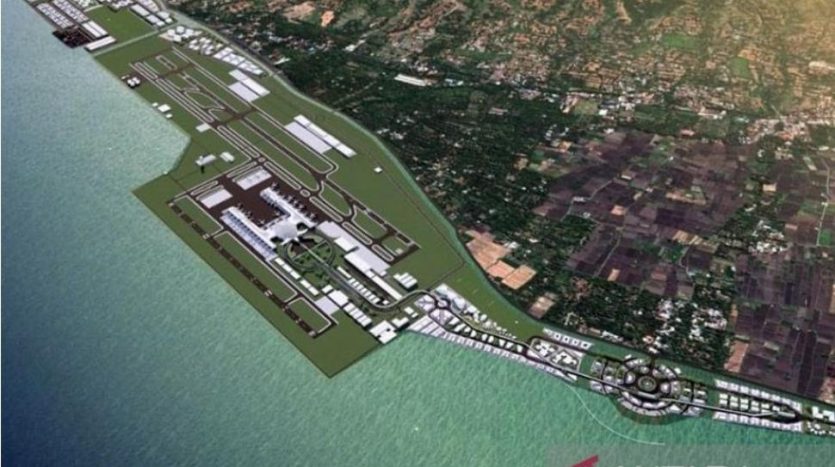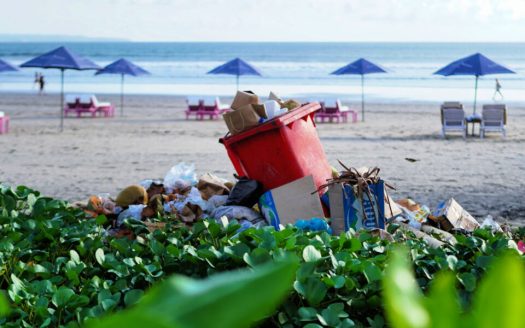North Bali Airport
Ni Luh Djelantik thinks the new North Bali airport is not urgent. Better to Build a Road!
The airport issue has emerged again ahead of the simultaneous Regional Head Election (Pilkada) contestation. It is predicted that this issue will be brought up as a form of political merchandise, to convince voters.
However, the discourse on building a new airport in North Bali has not always been responded to positively. There are even those who refuse.
One of the people who expressed his rejection was Ni Luh Djelantik, who is also an elected member of the DPD RI for the 2024-2029 period.
The woman from Buleleng views the urgency of building an airport as unnecessary. The government should make its people happy first rather than thinking about building airports.
According to him, the more important thing is to improve road connectivity between Buleleng and Denpasar. Including improving Gilimanuk access to Karangasem.
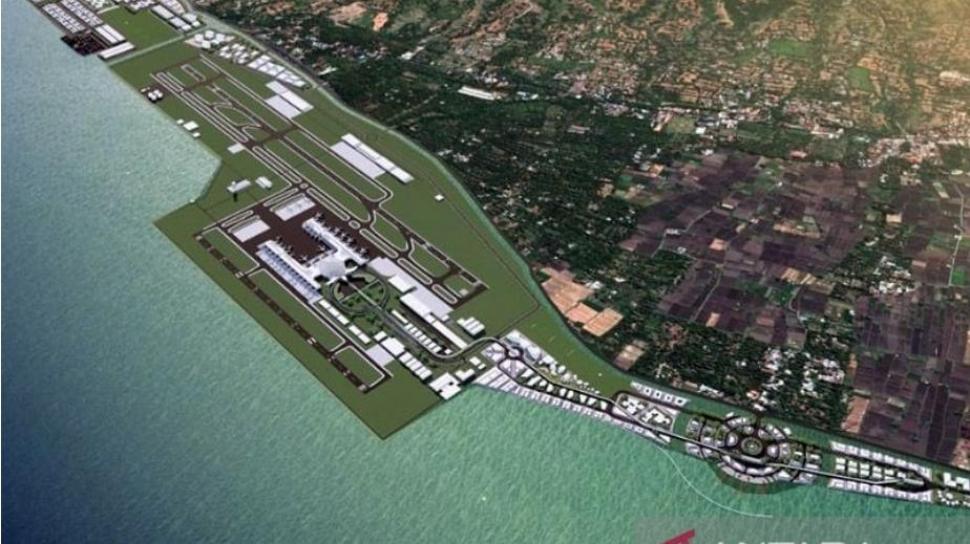
“Make the people happy first and then take care of the airport, you know. “Indeed, the people of Buleleng can bring blayag (typical Buleleng food) to the airport,” he said.
The woman who is also involved in the fashion sector said that with good road connectivity, the community’s economy will improve.
With better access, more visitors will come. People can also sell special products. Ultimately increasing people’s income.
“From many roads, it can be accessed and created as economic centers for the people. “In the Sawan sub-district, throughout the Sawan sub-district, whatever its potential, according to custom, tradition and economy, it has an outlet,” he explained.
He admitted that he would fight for this, after he sat as a senator in the DPD RI.
“There’s a lot of homework as a society. “The rules that are fought for at the center must represent the Balinese people and must be able to be diplomatic, not just brave,” he stressed. (*)
Reported by RadarBali
Bali’s Shorelines are Shrinking
A study published in the Regional Studies Center of Marine Science and shared by Beritabali.com records that shoreline abrasion in Bali occurs at a higher-than-average rate than the rest of the world.
Bali’s total shoreline, which measured 668,84 kilometers in 2016, has shrunk to 662.59 meters five years later. The shoreline is disappearing at an average rate of 1.21 meters annually.
Researchers arrived at these numbers by calculating changes in Bali’s shoreline using geospatial data. The most recent shoreline calculation from 75 separate monitoring stations was performed in March 2023.
The researchers concluded that the highest rate of shoreline loss due to erosion has occurred in Bali’s south, west coast, and southeast regions. The beaches in the regencies of Jembrana, Tabanan, Badung, Denpasar, Gianyar, Klungkung, and Karangasem were the worst affected.
Changes in Bali’s shoreline are crucial to spatial and zoning planners and those projecting future growth trends and patterns for the Island. Human settlements, religious rituals, sites, and tourism development predominate the shorelines of Bali.
In recent years, Bali’s southern regions have undergone unprecedented development and significant changes in land use designations.
Experts warn that the severe abrasion and higher sea levels will result in significant changes in beach ecosystems, damage to infrastructure, and the destruction of existing human settlements.
Another study conducted in 2022 indicates that 22% of Bali’s beaches are vulnerable to climate change, erosion, flooding, storms, and rising sea levels. According to the Intergovernmental Panel on Climate Change (IPCC), the ocean’s water levels have risen an average of 2.5 millimeters annually over the past 25 years.
Globally, shoreline erosion has caused the loss of 36.097 kilometers, or 13.6% of all sandy beaches, devouring 95,061 kilometers, or 25.7% of all beaches during the second half of the current century. Of even greater concern, experts warn that if global carbon emissions are not significantly reduced, oceans will rise by 80 centimeters, causing the loss of 131,756 kilometers of beaches worldwide.
People worldwide build seawalls, place sandbags, and install wavebreakers to counteract the effects of rising sea levels. The mounting negative impacts, such as beach erosion, declining freshwater supply, sedimentation, and economic difficulties due to climate change and rising seas, can’t be ignored.
Looking for a nice beachfront Land in North Bali?

